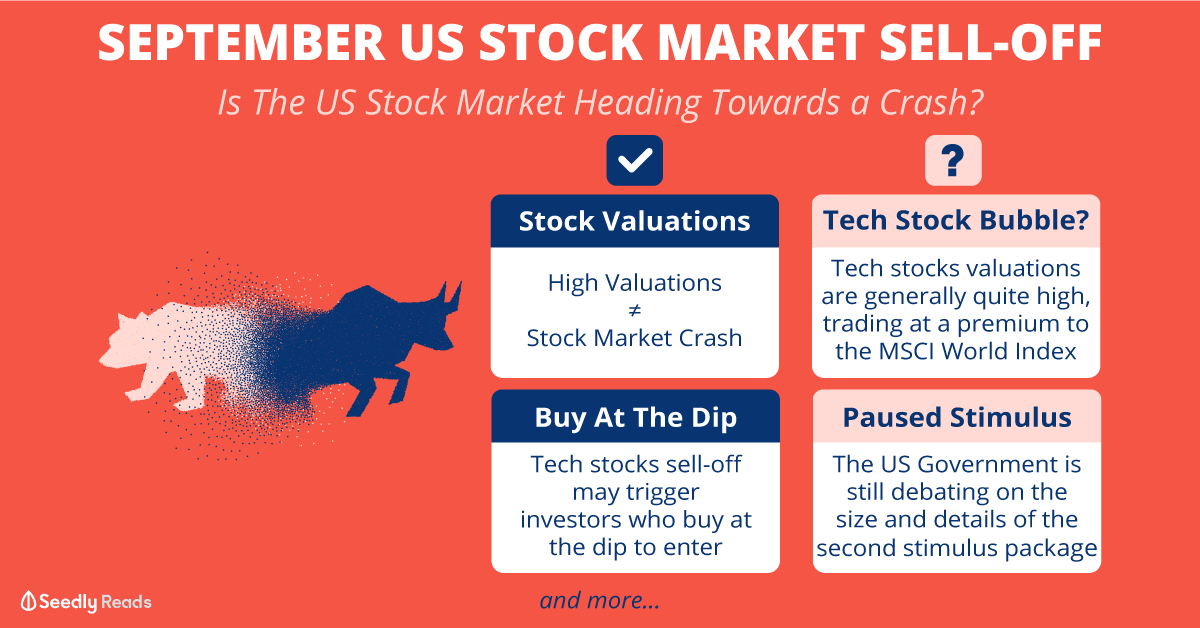Advertisement
Accelerating Realism: Global Virtual Sports Market Outlook (2024–2033)
Introduction
The Global Virtual Sports Market is witnessing exponential growth, projected to surge from USD 15.8 billion in 2023 to USD 72.8 billion by 2033, expanding at a CAGR of 16.48%. Virtual sports are simulated versions of real-world sports events, driven by advanced graphics, AI, and real-time data integration. Increasing digital engagement, growing popularity of eSports, and demand for immersive entertainment experiences are key drivers. The market is benefitting from technological innovation, digital gambling integration, and broader accessibility across devices. The evolution of AR/VR and AI-powered analytics further fuels market expansion globally.
Key Takeaways
- Market to reach USD 72.8 billion by 2033.
- CAGR of 16.48% from 2024 to 2033.
- Growth driven by rising interest in immersive gaming and virtual betting.
- Integration of AI and real-time data in gameplay simulations.
- Increased adoption among Gen Z and millennial gamers.
- AR/VR enhancing realism and user experience.
- Sports leagues and broadcasters entering the virtual segment.
- Availability across mobile, console, and PC platforms.
- Expansion of virtual fantasy leagues and betting portals.
- Rising investments by media, gaming, and tech giants.
Component Analysis
The virtual sports market is segmented into hardware, software, and services. Software holds the dominant share due to its critical role in simulating real-life sports, creating immersive graphics, and incorporating live data feeds. The integration of AI, animation engines, and statistical modeling enhances realism and unpredictability in virtual events. Hardware such as VR headsets, gaming consoles, and high-performance PCs are also seeing increased adoption as users seek more interactive experiences. Services, including virtual tournament management, streaming platforms, and analytics, are gaining momentum to support end-user engagement and monetization strategies.
Game Analysis
Football (soccer) leads the virtual sports segment, closely followed by horse racing, tennis, and basketball. Virtual football experiences are popular for both gaming and betting purposes, with real-time simulations mimicking team tactics and player behavior. Virtual horse racing attracts betting enthusiasts due to short match durations and frequency. Tennis and basketball are expanding rapidly due to the popularity of international leagues and tournaments. Fantasy sports and mixed-reality games are emerging categories combining user-generated rosters with AI-driven gameplay. The trend is supported by increasing collaborations between sports organizations and gaming developers.
Age Group Analysis
Millennials and Gen Z represent the core user base of the virtual sports market, with players aged 18–35 driving the highest engagement levels. This age group favors technologically enhanced, fast-paced entertainment formats and is highly responsive to gamified digital experiences. The 36–50 age group is also emerging as a significant demographic, particularly in virtual betting and fantasy leagues. Educational and interactive virtual games are sparking interest among teens, while simplified user interfaces and targeted marketing are expanding reach into older audiences. Personalization and social features further broaden age group engagement.
Market Segmentation
- By Component: Hardware, Software, Services
- By Game Type: Football, Horse Racing, Basketball, Tennis, Fantasy Sports
- By Platform: Mobile, PC, Console, VR Devices
- By Age Group: <18, 18–25, 26–35, 36–50, 50+
- By End-User: Gamers, Sports Bettors, Broadcasters, Education Institutions
- By Deployment: Online, Offline
- By Revenue Model: Subscription, Pay-Per-View, In-App Purchases
- By Technology: AI, AR/VR, Cloud Gaming
- By Geography: North America, Europe, Asia-Pacific, Latin America, MEA
- By Engagement Type: Multiplayer, Single-player, Streaming-based
Restraint
Despite impressive growth, the market faces limitations including regulatory challenges in online betting and gambling, especially in conservative jurisdictions. Content moderation and the potential for user addiction raise ethical concerns. The high cost of immersive hardware like VR headsets remains a barrier for mass adoption. Additionally, intellectual property rights and licensing agreements with real-world leagues may limit scalability. Market saturation in developed regions and infrastructure limitations in emerging economies also restrict universal accessibility. Data privacy concerns around personalized gaming experiences could impact trust and participation in virtual environments.
SWOT Analysis
Strengths
- High growth rate with a diverse gaming audience
- Technological advancement in simulation and graphics
- Strong appeal among digitally native generations
Weaknesses
- Legal and regulatory uncertainties in virtual betting
- High hardware costs limiting access
- Need for continuous content development
Opportunities
- Rise of VR/AR enhancing real-world realism
- Global expansion into untapped regions
- Cross-industry collaborations (e.g., sports + gaming)
Threats
- Cybersecurity and data breaches
- Market dependency on internet infrastructure
- Ethical concerns over addictive behavior
Key Players
- Inspired Entertainment, Inc.
- Playtech PLC
- Global Bet Virtual Sports Ltd.
- Betradar (Sportradar AG)
- Kiron Interactive
- Leap Gaming
- GoldenRace
- Electronic Arts Inc.
- DraftKings Inc.
- Sega Corporation
Trends and Developments
The virtual sports market is undergoing dynamic changes with the integration of augmented reality, machine learning, and real-time sports data. Cross-platform accessibility and mobile-first strategies are reshaping user acquisition models. AI-driven personalization and game prediction are improving user retention. Companies are partnering with real sports leagues to offer hybrid digital-physical competitions. VR and haptic feedback devices are enhancing realism and interactivity. Blockchain technology is being explored for transparent in-game transactions and NFT-based sports assets. The rise of esports broadcasting and influencer-driven marketing continues to accelerate mainstream adoption.
Conclusion
The Virtual Sports Market is experiencing transformative growth as technology blurs the line between real and simulated sports. With rising digital engagement and innovation in immersive gaming, the market is poised for sustained expansion across segments and regions.
2
Discussion (2)
Learn how to style your text
Reply
Save
Thanks for the insights
Reply
Save
Write your thoughts
Related Articles
Related Posts
Related Posts
Advertisement









Thanks for sharing